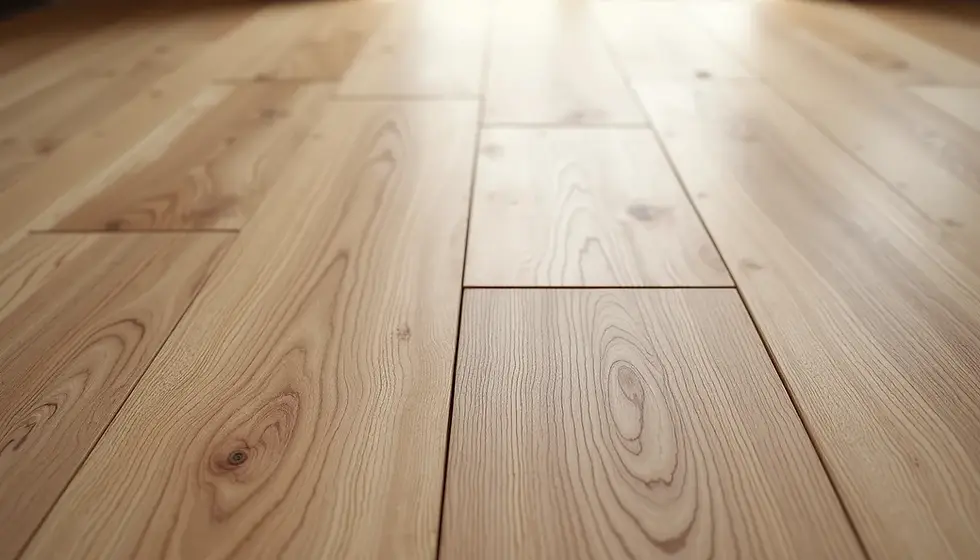1x4 White Oak Tongue and Groove: A Durable and Stylish Choice
- Mei-Lin Arora

- Sep 6
- 3 min read
Updated: Sep 7
When it comes to premium flooring and paneling, few options match the timeless appeal of 1x4 white oak tongue and groove. Strong, versatile, and elegant, white oak has been a homeowner favorite for decades. Whether you’re upgrading your living room floors or adding accent walls, this material delivers both durability and style.

What is 1x4 white oak tongue and groove?
The term 1x4 refers to the board’s dimensions: one inch thick by four inches wide. The tongue and groove system means each board has a protruding “tongue” on one side and a matching “groove” on the other. When installed, the pieces lock together seamlessly, preventing gaps and creating a smooth surface.
Think of it as a puzzle for your floors and walls—easy to fit, sturdy once locked, and visually stunning.
This makes white oak an ideal choice for flooring, ceilings, and wall paneling.

Comparing oak to other tongue and groove options
White oak isn’t the only material used in tongue and groove construction. Here’s how it stacks up against common alternatives:
Material | Size Example | Durability | Cost | Best Use |
1x4 White Oak Tongue and Groove | Narrow board | High – resists dents & moisture | Higher | Flooring, accent walls |
Oak Tongue and Groove Floorboards | Wider profiles available | High | Higher | Traditional hardwood floors |
3/4 x 6 Tongue and Groove Pine | Wider pine board | Moderate – softer wood | Lower | Rustic walls, ceilings |
Hardwood Tongue and Groove | Varies (oak, maple, cherry) | High | Higher | Premium floors |
8 Inch Tongue and Groove Pine | Extra wide | Moderate | Lower | Cabin-style walls & ceilings |
According to Wood Database, oak is one of the most durable hardwoods available, offering natural resistance to moisture and decay compared to pine.
Why choose white oak?
Strength – Oak outperforms softwoods like pine when it comes to resisting scratches and dents.
Moisture resistance – White oak contains tyloses, making it naturally more water-resistant than red oak.
Timeless style – From modern to traditional homes, oak adds warmth and elegance.
Versatility – Works for flooring tongue and groove, wall paneling, or even ceilings.
Hardwood tongue and groove installations, especially oak, are investments that can increase home value.
Installation tips for oak tongue and groove floorboards
Acclimate the boards: Let them sit in the room for a few days to adjust to humidity.
Stagger the joints: For a natural look and stronger surface.
Choose the right finish: Oil-based polyurethane brings out oak’s rich tones, while water-based finishes offer a lighter, modern look.
The National Wood Flooring Association recommends professional installation for hardwood tongue and groove floors to maximize lifespan.

FAQ
What is 1x4 white oak tongue and groove used for?
It’s used for flooring, ceilings, and wall paneling due to its strength and beauty.
Are oak tongue and groove floorboards better than pine?
Yes, oak is harder, more durable, and longer lasting than pine.
What’s the difference between hardwood tongue and groove and pine?
Hardwoods like oak are stronger and resist wear, while pine is softer and more affordable.
Can I use 3/4 x 6 tongue and groove pine instead?
Yes, but pine is less durable and better for rustic or decorative projects.
Is 8 inch tongue and groove pine good for flooring?
It’s better suited for walls or ceilings since wide pine boards can warp under heavy foot traffic.
Final verdict: oak is the premium pick
If you’re after strength, elegance, and longevity, 1x4 white oak tongue and groove is worth the investment. While pine options are cheaper, oak provides unmatched durability and a polished look that elevates any space 🪵✨.



Comments